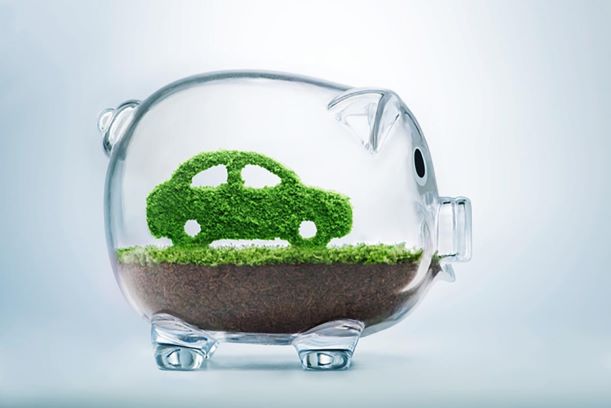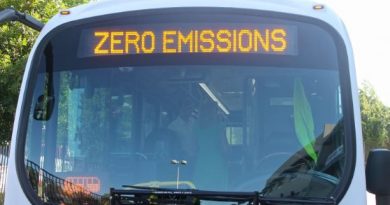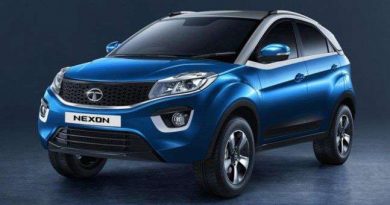The 70 percent cut. Lessons From EESL’s Order Chop
 Saving for Another Day
Saving for Another Day
The order, when it was first announced, was truly electrifying. With news of India pledging to go ‘all electric’ by 2030, a massive pan to develop storage infrastructure to take care of the battery demand coming up, and if that wasn’t enough, the government stepping up with a 10,000 vehicles order to give its manufacturers a leg up. What more could the industry ask for? In retrospect, it seems incredible that the news was for a follow on order of 10,000, as soon as the fisrt tender for 10,000 was closed. For Energy Efficiency Services Limited, the nodal government firm that was tasked with the tender and execution, the experience has been anything but efficient.
Blaming the government of Andhra Pradesh government for its cancellations, that worked as the proverbial final straw, the EESL has now formally announced that the 10K order, which was being serviced by Tata Motors and Mahindra Automotive, has been scaled back to 3,000 vehicles now. The Andhra cancellation, for the record, was probably the most predictable action of the lot, considering the track record of the new government there.
The problems started right from the time of the first batch of deliveries. Within a month, government officials who the vehicles were assigned to rushed to return them, blaming poor range (around 120 km) , and lack of adequate charging facilities. These, when topped with teething issues, served to shut out demand very quickly among the bureaucracy.
That the models being delivered happened to be middling, honest models with no pretensions to delivering any sort of luxury also played a part. For comparison, witness the strong interest being shown by government functionaries in the Hyundai Kona, a vehicle priced more than twice as high, with a 300KM plus range to boot.
Its the same fate that has befallen the trumpeted 50GW storage plan for India. Talk of a 1 billion dollar support, and many other benefits have failed to impress the manufacturers who should have grabbed the opportunity. Battery incumbents Exide Industries and Amara Raja. Both the firms have stood out for their cool response so far.
If that wasn’t enough, the countries largest, and most profitable automaker, Maruti Suzuki, with a heavy stake in the ICE (internal combustion engine) segment that it has ruled for over 3 decades now, was distinctly unhappy about the rush to EV’s. Maruti Suzuki made it clear that it felt the road to EV’s was going to be driven through hybrids, before any EV’s made a substantial impact. It’s a view that has only added more adherents, when you consider the way the government has displayed is love for gas, as a key fuel to bridge the energy transition for India from coal to renewables. Massive investments are already on the way all the ay to 2025, dwarfing, anything that the renewables sector has attracted till date. Of course, when you talk of petroleum, any talk of slowdown will be rebuffed by the government itself, as it tries to sell off its prized oil firms, besides attract another $100 billion in investments across greenfield (the now $60 billion west coast refinery), stake sales in the integrated giant Reliance , and of course, the national and city wide gas grid.
Interestingly, in all this movement, the one bit which has quietly been growing, and looks set to change significantly well before 2030, is the not so insubstantial two wheeler market, where India might just become the second largest market in the world by 2030. Thanks largely to low government involvement, mostly private funding, and well evaluated investment plans. Therein lies a lesson.
Of course, the government will continue to influence elements of the market, for instance the public transportation market, where, chances are, a few Indian cities might just transition directly from diesel to electric, rather than the via CNG option that has been in vogue in the major cities. That will be down to a combination of factors like high pollution awareness , and hopefully a faster drop in battery prices than anticipated.




